Let’s face it, few things are as universally frustrating for a gardener as finding that unwelcome “gift” in their meticulously tended soil. You know the one—the little, silent monument of defiance left by a neighborhood cat or dog. The rage is instant, primal even. It’s a feeling of trespass, a contamination of your sacred space, and a mess that someone else is forced to clean up. In the world of urban and suburban homesteading, this is a daily battle. But what if we’ve been looking at it all wrong? What if this seemingly disgusting act is, in fact, a generous and “pawsitively purrfect” contribution to our a food forest?
This isn’t about ignoring a problem; it’s about challenging our ingrained ideas and seeing the world through a new lens. It’s about shifting our perspective from one of annoyance and scarcity to one of wonder and abundance. In this retro-futuristic Guff log, we’re going to explore an alternate reality where a little bit of animal manure isn’t a curse—it’s a blessing.
The Myth of Contamination
The collective groan that follows the discovery of animal waste in the garden is understandable. We’re taught to see it as unhygienic, a vector for disease, and a blight on our food production. And yes, left untreated, it can be. But this perspective is based on a fundamental misunderstanding of how a healthy ecosystem—like a thriving food forest—actually works.
A living soil system is not a sterile, dead medium. It is a vibrant, teeming metropolis of microorganisms, fungi, and beneficial bacteria. The very same organisms that break down organic matter in a compost pile are present in a biodiverse food forest. These microscopic life forms are a natural cleanup crew, a powerful soil microbiome that can break down pathogens and transform them into plant-usable nutrients. The “curse” of animal waste is simply a rich, nitrogen-dense deposit of raw material waiting to be processed by nature’s own un-paid labor force.
A Garden’s Hidden Feast
In the realm of gardening and entrepreneurship, we are often told to seek out the perfect solution, the pristine product, or the one-size-fits-all plan. We pay for expensive bags of fertilizer, transport them home, and dutifully apply them, all while overlooking a free, locally-sourced alternative being delivered right to our doorstep.
The waste from our neighborhood’s furry friends is a natural fertilizer, packed with nitrogen and phosphorus—two of the most vital nutrients for plant growth. In the grand tapestry of a food forest, this isn’t a contamination; it’s a contribution. It’s a reminder that a truly sustainable system doesn’t create waste; it re-integrates it. The cats and dogs, in their enigmatic way, are simply participating in the ancient cycle of give and take, enriching the ground to allow for greater abundance. They are the unsung contributors to our ecosystem.
Re-Imagining the Un-pretty
This perspective shift is more than just about gardening. It’s a powerful life philosophy. The next time you encounter something messy, inconvenient, or seemingly useless, stop and ask yourself: “What if this is not a problem to be solved, but a gift to be re-imagined?”
This is the very essence of creativity and entrepreneurship. The greatest innovations rarely come from pristine, perfect ideas. They emerge from the “horse shit” of a problem—the discarded materials, the ignored inefficiencies, and the messy truths that others are too quick to dismiss. By challenging our assumptions and embracing the unglamorous, we open ourselves up to an entire universe of hidden value.
So, the next time you step outside and find a small, earthy testament to nature’s cycle, don’t get mad. Instead, take a moment to appreciate the gift. See it for what it is—a small, but meaningful, contribution to a healthier ecosystem. Our feline and canine guardians are doing their part to ensure that our food forests continue to thrive. All we have to do is learn to see the unbridled beauty in their generosity.
Next Post




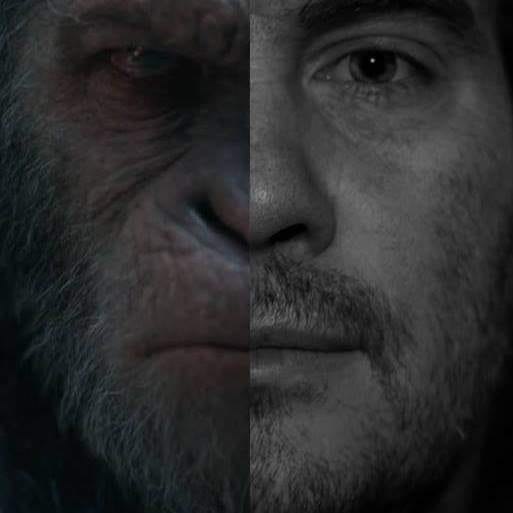
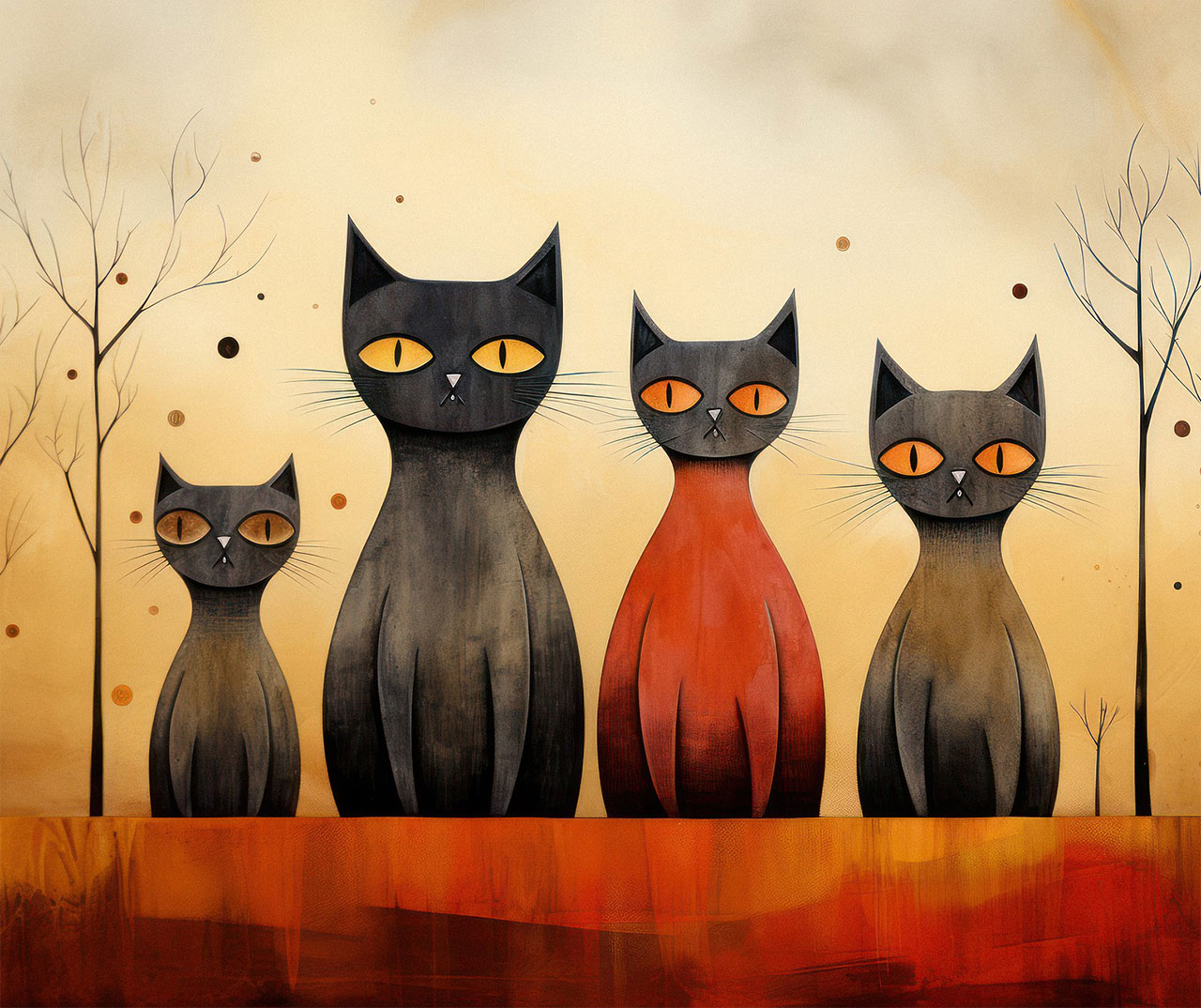










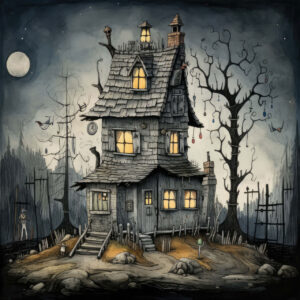
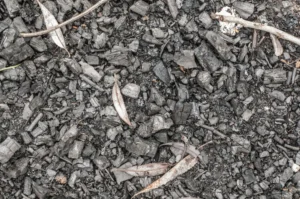

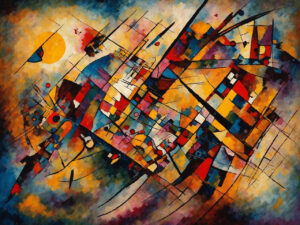
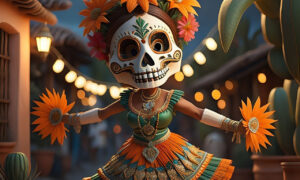

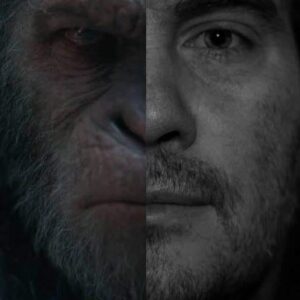

What do you think?
It is nice to know your opinion. Leave a comment.